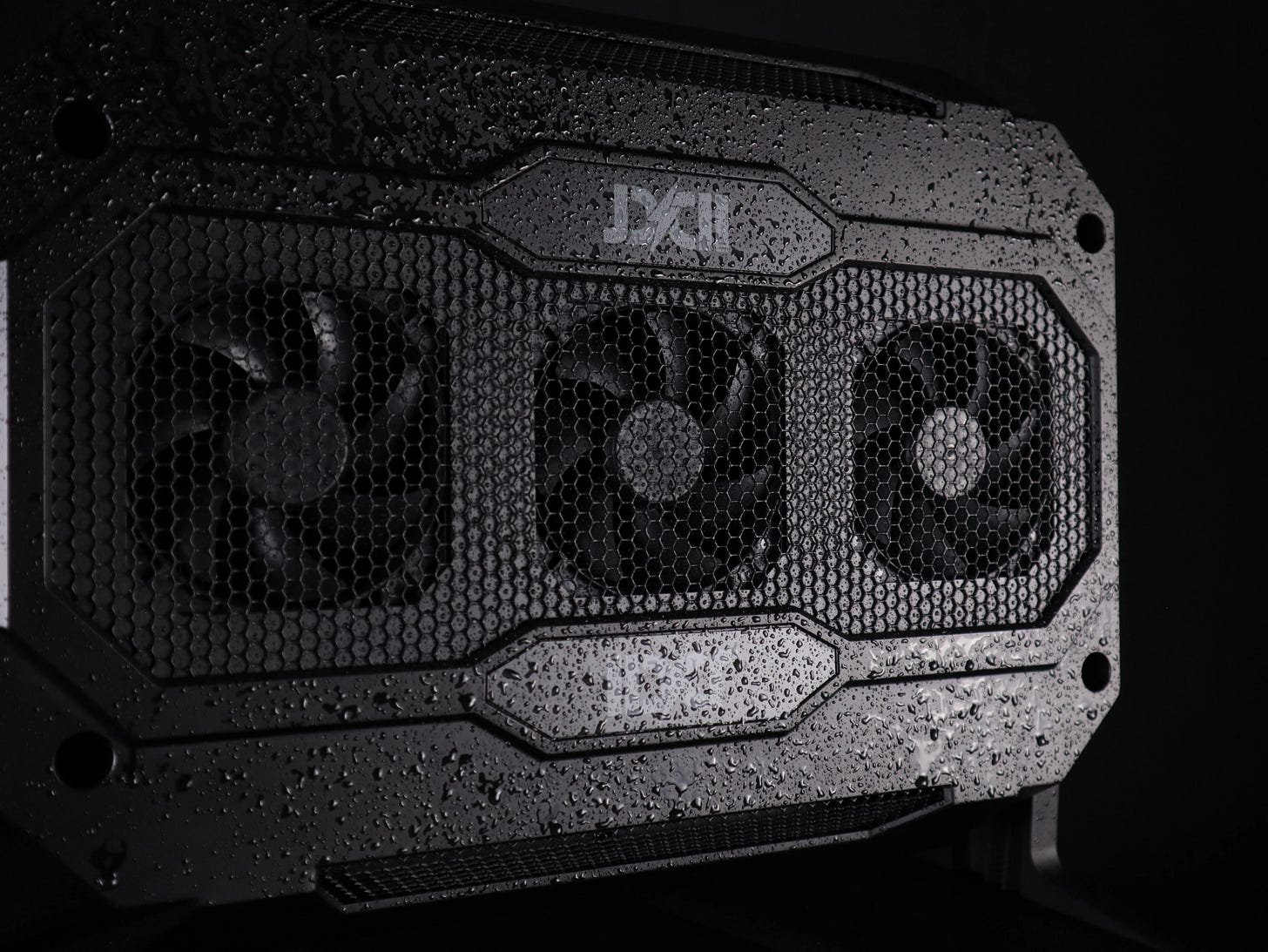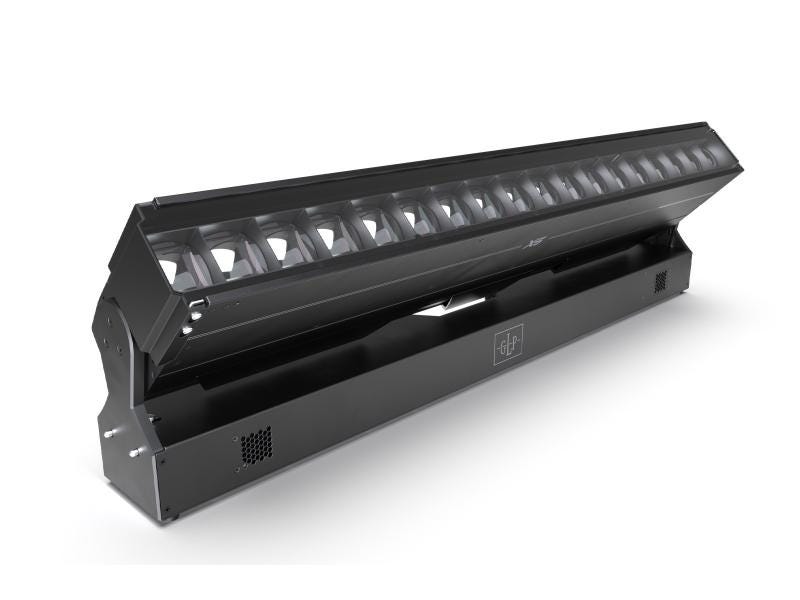Will IP-Rated lighting fixtures replace Non-IP models?
Advantages of IP-Rated stage lighting fixtures
In the ever-evolving world of stage lighting, introducing IP-rated (min. IP-65, to be precise) fixtures is sparking discussions about their potential to overshadow traditional non-IP models. As technology advances and performance environments become more demanding, it’s crucial to understand what sets IP-rated fixtures apart, whether they represent the future of stage lighting, and what we should expect.
What Are IP-Rated Lighting Fixtures?
IP-rated fixtures are designed to withstand various environmental factors, including dust and moisture. The IP rating system uses two digits to specify the level of protection:
First: Protection against solid objects (e.g., dust, sand).
Second: Protection against liquids (e.g., water).
For example, an IP65 rating means a fixture is dust-tight and protected against water jets from any direction. These fixtures are increasingly popular in outdoor events, concerts, and challenging environments where exposure to the elements is a concern. But do we need them if you do only a few outdoor productions yearly?
Advantages of IP-Rated Fixtures
1. Durability in Diverse Conditions:
IP-rated lighting fixtures are built to endure harsh conditions, making them ideal for outdoor events or venues with variable climates. Their ability to resist water, dust, and other environmental factors extends their lifespan and reduces the need for frequent maintenance.
2. Reduced Downtime: With enhanced protection, IP-rated fixtures experience fewer malfunctions due to environmental factors. This reliability translates into less downtime and fewer interruptions during performances.
3. Versatility: The robustness of IP-rated fixtures makes them suitable for various settings, from outdoor concerts and festivals to installations in humid or dusty environments. Their versatility adds to their appeal for diverse applications.
4. Safety: Ensuring that lighting fixtures are well-protected from the elements reduces the risk of electrical failures or hazards. IP-rated fixtures contribute to a safer working environment for technicians and performers alike.
Cost and Maintenance Considerations
While the benefits of IP-rated fixtures are significant, they come with some trade-offs:
1. Higher Cost: IP65-rated fixtures are generally more expensive than non-IP counterparts. The cost increase can range from 20% to 40%, reflecting the additional materials and engineering required to achieve their enhanced protection. This higher price point can be crucial for companies with limited budgets.
2. Complex Maintenance: Due to their sealed design and advanced construction, IP-rated fixtures can be more challenging and costly to service. When repairs are needed, the fixtures' complexity can lead to more extended downtime and higher maintenance costs than non-IP models.
Balancing Cost and Functionality
Despite the trend towards IP-rated fixtures, many stage lighting manufacturers respond to diverse market needs by offering IP-rated and non-IP versions of the same model. This approach provides options that balance performance with cost:
1. Dual Versions: Some companies, like GLP, produce the same model in IP65 and non-IP versions. The non-IP versions are often lighter and more affordable, making them suitable for indoor applications where environmental protection is less critical.
2. Targeted Solutions: By offering a range of fixtures, manufacturers cater to various needs and budgets, allowing users to select the most appropriate model based on their specific requirements and environmental conditions.
The Shift Towards IP-Rated Fixtures
The growing trend towards IP-rated fixtures is driven by increasing demands for durability and reliability in varied environments. As outdoor events and complex installations become more prevalent, the benefits of IP-rated fixtures become more apparent.
However, the complete replacement of non-IP fixtures is unlikely shortly. Instead, a complementary relationship between IP-rated and non-IP fixtures will likely continue, with the former becoming the go-to choice for challenging environments and maintaining its place in controlled settings.
Rental and production companies will need to balance their inventory with a proper amount of industry-standard IP models while also finding a purchase balance between IP65 and non-IP65 fixtures to meet diverse needs and optimize cost efficiency.
How we see it
IP-rated stage lighting fixtures are undoubtedly shaping the future of lighting technology. They offer enhanced durability, safety, and versatility. While they may not wholly replace non-IP fixtures, their advantages make them a compelling choice for many modern applications.
The higher cost, cost, weight, and maintenance complexity must be weighed against their benefits. Many manufacturers provide options to suit a range of needs. As the industry evolves, balancing the benefits of IP-rated and non-IP fixtures will ensure that every performance environment is optimally lit and prepared for success.
You may also want to read:
What is Entertainment Technology Magazine
Esports events vs permanent esports arenas
In the meantime...
If you could hit reply and “say hi” to let me know you got this email, it'd be a big help! This simple action ensures my emails are delivered and future editions land safely in your inbox.
Read more about the Author:








